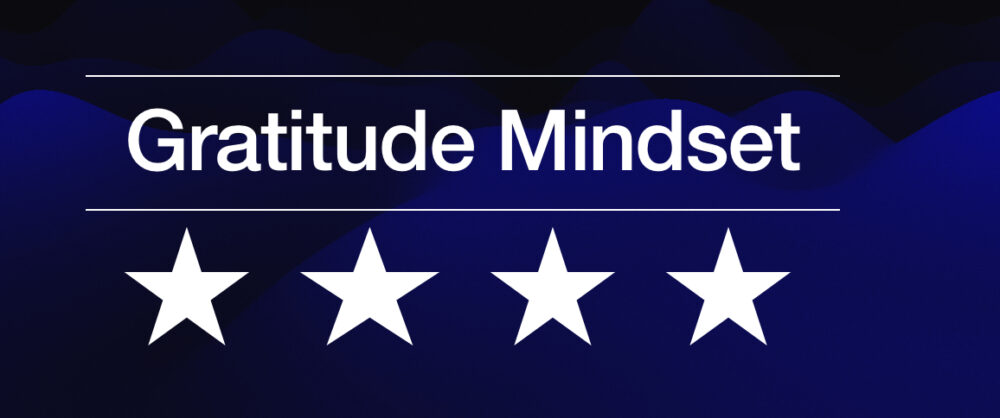There are seven supplements that can help some people strengthen their bones, improve their sleep, protect their heart, and more.
1. Calcium: Strong Bone Builder. Calcium is the most abundant mineral in the body, and is primarily stored in your bones. If you don’t get enough in your diet, your body will start taking it from your bones, resulting in a heightened risk of osteoporosis. Calcium also helps your muscles to move effectively, your blood vessels to send blood throughout your body, and your nerves to send messages to control important bodily functions, such as the release of hormones.
2. Collagen: For Skin and Joint Health. Collagen is a protein that helps form connective tissue, including skin, bones, cartilage, muscles, ligaments, and tendons. The body makes less of it with age, leading to sagging skin and osteoarthritis, so maintaining adequate levels is important.
3. Fish Oil: For Your Brain and Heart. Fish oil contains omega-3 fatty acids called EPA and DHA, which your body needs to form cell membranes throughout your body—especially in your eyes and brain. They can also reduce triglycerides, a type of fat in the blood linked to heart disease.
4. Magnesium: Healthy Muscles and More. Your body uses this mineral to regulate blood pressure and blood sugar, make proteins, and ensure healthy muscle and nerve function. Low levels of magnesium may contribute to migraine headaches and muscle cramps.
You.
5. Melatonin: For Better Sleep. Melatonin is a naturally occurring hormone that helps regulate your circadian rhythm, the body’s internal clock that tells you when it’s time to go to bed at night or wake up in the morning. Your body releases melatonin as you approach bedtime to make you sleepy, especially if you manage to get plenty of daylight in the morning and avoid too much light at night. When you wake up, your levels of melatonin dip.
6. Vitamin B12: Important for Nerve Health. Vitamin B12, one of eight B vitamins, plays a key role in red blood cell formation and nervous system function. Healthy levels of B12 can prevent vitamin deficiency anemia, which can lead to weakness and fatigue, along with nerve damage, memory problems, depression, and heart palpitations.
7. Vitamin D: Bone, Brain, and Immunity Booster. Vitamin D helps your body absorb calcium, which is key for maintaining bone density. Your body also needs it for healthy neuromuscular and immune function. Getting enough may support brain function and decrease the risk of depression. Low vitamin D has also been linked to insulin resistance and type 2 diabetes.
Reference:
- Ashley Abramson, 7 Supplements That Might Actually Help You, Readers Digest, August 1, 2024. https://www.consumerreports.org/health/supplements/supplements-that-might-actually-help-you-a6441144119/
